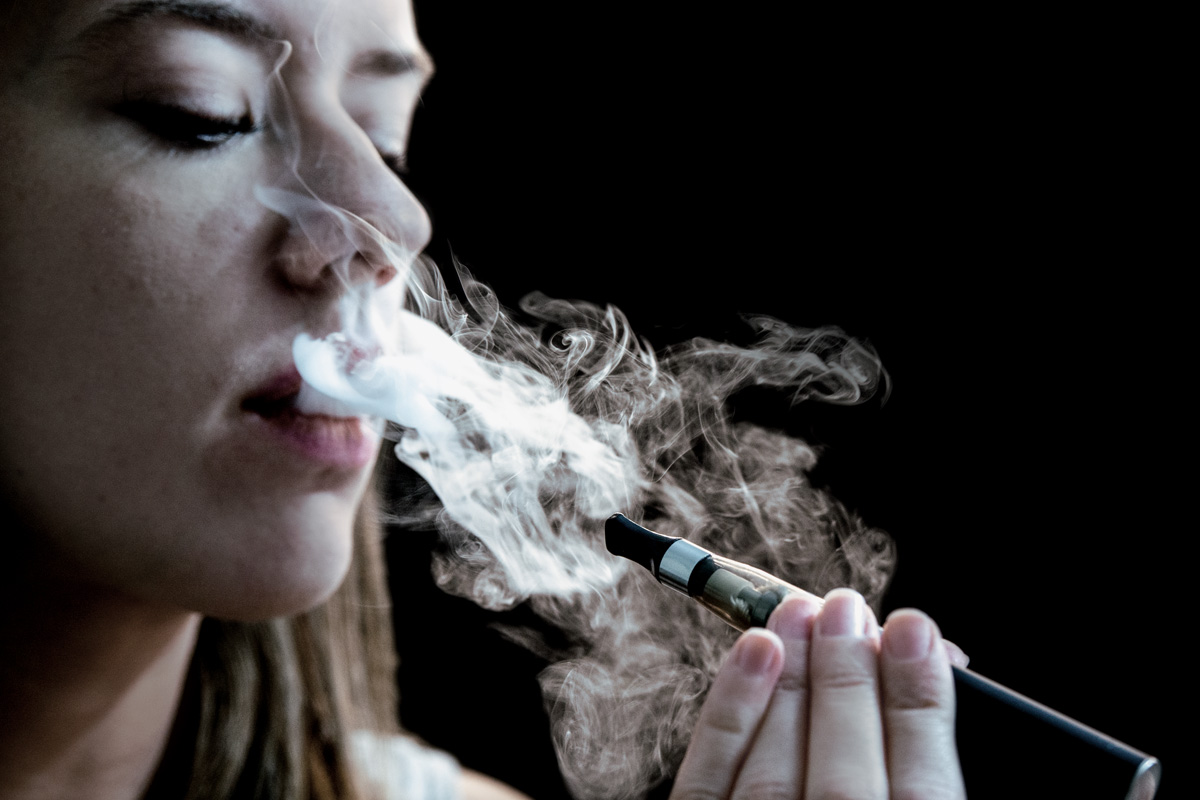WARNING: This product contains nicotine. Nicotine is an addictive chemical.
As the conversation around hormone replacement therapy (HRT) for trans women continues to grow, one question often arises: can you vape while on estrogen MTF? For those taking estrogen as part of their medical transition, lifestyle choices like vaping may impact hormone effectiveness and overall health. This guide dives into the potential effects, safety considerations, and factors you should keep in mind if you vape while on estrogen.
A common question among those on estrogen MTF therapy is whether vaping can interfere with how well estrogen is absorbed. Estrogen in hormone replacement therapy (HRT) comes in several forms, such as oral tablets, patches, injections, and gels, each with varying absorption rates. While there isn’t much research specifically on vaping’s effect on estrogen absorption, studies involving smoking reveal that nicotine may diminish estrogen’s effectiveness. This raises concerns that vaping, even though it’s often seen as less harmful than smoking, might also impact hormone absorption if nicotine is involved.
Nicotine can introduce additional risks to estrogen therapy, as it may influence the metabolism of estrogen in the body, potentially reducing its overall benefits. For this reason, many healthcare providers suggest that trans women on estrogen consult with a medical professional about how nicotine or other ingredients in e-liquids might interact with their hormone therapy. Opting for lower-nicotine or nicotine-free e-liquids may be one approach to minimize these potential interactions, but professional guidance is essential to make the best choices for a balanced and effective HRT experience.

Vaping introduces chemicals into the body that could potentially interact with estrogen. Here are some areas of concern:
Switching to nicotine-free vape options is an appealing choice for many, especially those on estrogen therapy who want to reduce potential impacts on their hormone effectiveness. By removing nicotine, users eliminate a primary factor that may interfere with estrogen’s benefits and potentially reduce health risks associated with cardiovascular strain. Nicotine-free options allow trans women to enjoy vaping without the added concerns linked to nicotine’s impact on hormone levels. This shift can make vaping a more compatible lifestyle choice for those on estrogen, especially as nicotine’s addictive qualities and possible hormonal interactions are often seen as hurdles for those pursuing a balanced HRT journey.
However, it’s essential to recognize that even nicotine-free vape products come with some considerations. Inhalation of flavoring agents and other additives found in e-liquids has been shown to introduce compounds that may lead to inflammation in the respiratory tract and lungs. This inflammation could potentially affect overall health, which is especially important when considering estrogen therapy, as HRT already comes with specific cardiovascular and respiratory risks. While nicotine-free vaping is often viewed as a safer alternative, being mindful of the ingredients in your e-liquids and consulting a healthcare provider can provide additional assurance.

If you’re on estrogen and enjoy vaping, here are some additional lifestyle tips that can help you balance vaping with hormone therapy:
Vaping while on estrogen MTF can come with unique health considerations, especially concerning the effects of nicotine and certain additives in vape products. Estrogen therapy, commonly part of the transition process for trans women, may be affected by nicotine, as it can reduce estrogen’s effectiveness and increase risks like cardiovascular strain and blood clots. Many estrogen users consider switching to nicotine-free vape options, which may lower these risks and lessen potential hormone interactions. However, even nicotine-free e-liquids aren’t entirely risk-free, as they contain flavoring agents and other additives that may cause respiratory inflammation. For those on HRT, consulting with healthcare providers and choosing lower-risk vaping options can help support health goals and ensure a safe and balanced transition.
